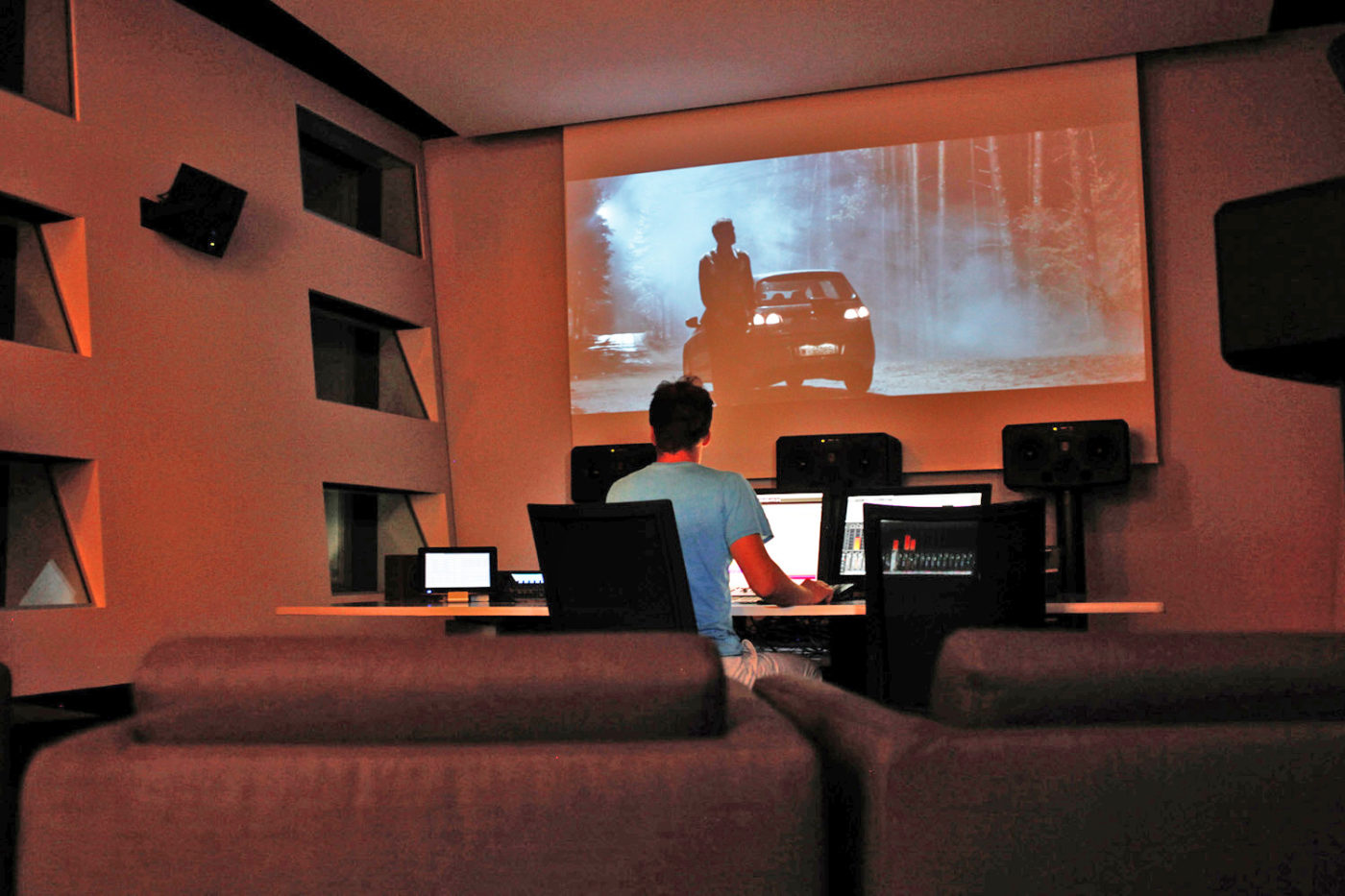


- Surround sound studio monitors how to#
- Surround sound studio monitors upgrade#
- Surround sound studio monitors pro#
Surround sound studio monitors upgrade#
While professional musicians and sound engineers will want to invest in true studio monitors, we’ve rounded up some accessible units that deliver accurate sound and versatile performance, whether used as studio monitors or just as an upgrade for your home, office or den. However, this number just tells you the highest and lowest frequencies the monitor can handle - it doesn’t tell you how those clean these frequencies will sound. The lower the THD specs, the better.įrequency range is also a good measure of sound reproduction, and most of our options have a frequency response of at least 50Hz-20kHz. While it’s impossible to completely cut out distortion, look for the THD (total harmonic distortion) reading, which lets you know how cleanly a monitor can reproduce whatever audio you feed it. The best studio monitors will replicate audio in its more natural state. That’s great for larger rooms, where you have more space for your speakers. Like their name suggests, far-field monitors optimize sound to travel over a farther distance. Near-field monitors are used in smaller speakers, which can be easily moved around so that the sound is directed straight at you, for a more immediate and intimate experience. This refers to the listening configuration a monitor is designed for. Unless you’re recording in a huge studio with a ton of musicians and moving parts, you won’t need super large speakers.Įngineers also use the terms “near-field,” “mid-field,” or “far-field” to describe studio monitors. When shopping for studio monitors, the two main things to consider are size and sound. What You Need to Know Before Buying a Studio Monitor Studio monitors, however, are more subtle, designed to only project sound a short distance, to prevent anything in the room from muddying up any frequencies.
Surround sound studio monitors pro#
With the new expanded buss widths in Pro Tools 2023.6, any format can be sent to the Dolby Atmos Renderer and output to your rooms speaker setup.One last distinction: most home speakers are designed to blast sound throughout the room. The I/O setups for 5.1.4 or 7.1.2 SMPTE channel outputs would be set as the image below. In the Dolby Atmos Renderer, go to Setup, then Room Setup, select the Monitoring tab, and add your room’s format-5.1.4 or 7.1.2. You will need to configure the Dolby Atmos Renderer to support a 5.1.4 or 7.1.2 format as they are not default room formats. For studios with a smaller space or a smaller sound design room, 7.1.2 and 5.1.4 formats are available. Note that with 10 channels max for monitoring 7.1.4 and above, a Pro Tools | MTRX Studio interface would be better suited for large studio monitoring. Here the Main (MON L-R) TRS outputs will need to be unchecked. In Pro Tools Ultimate or Pro Tools Studio, start by going to Hardware Setup window.
Surround sound studio monitors how to#
How to Configure Pro Tools | Carbon for Dolby Atmos monitoring With the Main (MON L-R) active, six-channel or eight-channel monitor paths can be selected for 5.1 or 7.1 formats.įor a SMPTE format 5.1 output, the I/O setup would be configured as pictured below. In Pro Tools Ultimate or Pro Tools Studio, start by going to your Hardware Setup window. How to configure Pro Tools | Carbon for 5.1 or 7.1 monitoring ADAT outputs and the Carbon Pre outputs are not available for the monitor section. The outputs for surround are only the Carbon Main unit LR-TRS and eight channel D-Sub outputs. Now in Pro Tools 2023.6, Carbon supports monitoring for the following formats: 5.1 and 7.1 for stereo, and 5.1.4 and 7.1.2 for Dolby Atmos. And although it was intended for music production, many users asked for the monitor section to support surround formats for picture post and Dolby Atmos®. The innovations packaged into Carbon have been well received by musicians, engineers, and producers for offering sub-millisecond latency and best-in-class sound quality. The monitor section can support up to three sets of stereo monitors and four stereo headphone cue outputs. In October 2022 at AES in New York, Pro Tools | Carbon Pre was introduced, adding eight channels of the same Carbon I/O for up to 24 32-bit high resolution mic/line inputs and outputs with two Carbon Pres. It also introduced new AD/DA conversion topology which offers a 32-bit clean input to output signal path and eight channels of mic/line analog input along with 10 channels of analog output-expandable to up to 24 I/O with two ADAT light pipe ports. The Pro Tools | Carbon interface was introduced in November 2020 and combines several core Avid audio innovations including the deterministic DSP-acceleration with low-latency Hybrid Engine from Pro Tools | HDX, as well as AVB AiOP transport, double-precision low-jitter clocking, and pristine microphone preamps from VENUE | S6L.


 0 kommentar(er)
0 kommentar(er)
